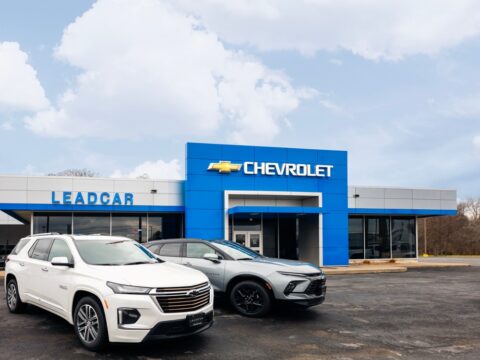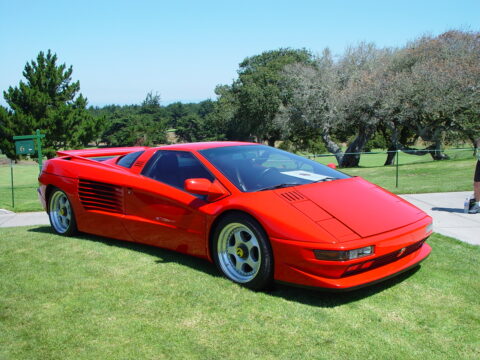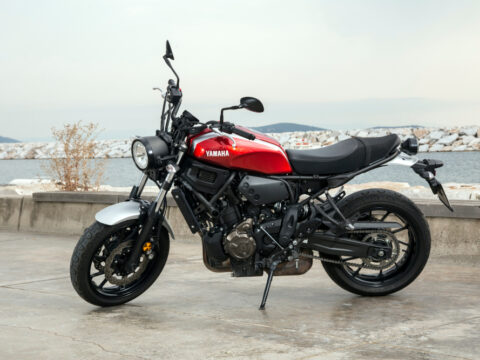The 1970s were a time of experimentation and bold design in the automotive world, but not every sedan hit the mark. While some models became classics, others struggled to find success and quickly faded into obscurity. In this article, we’ll take a closer look at 25 of the least successful sedans from that era and explore what led to their downfall.
Contents
Ford Pinto
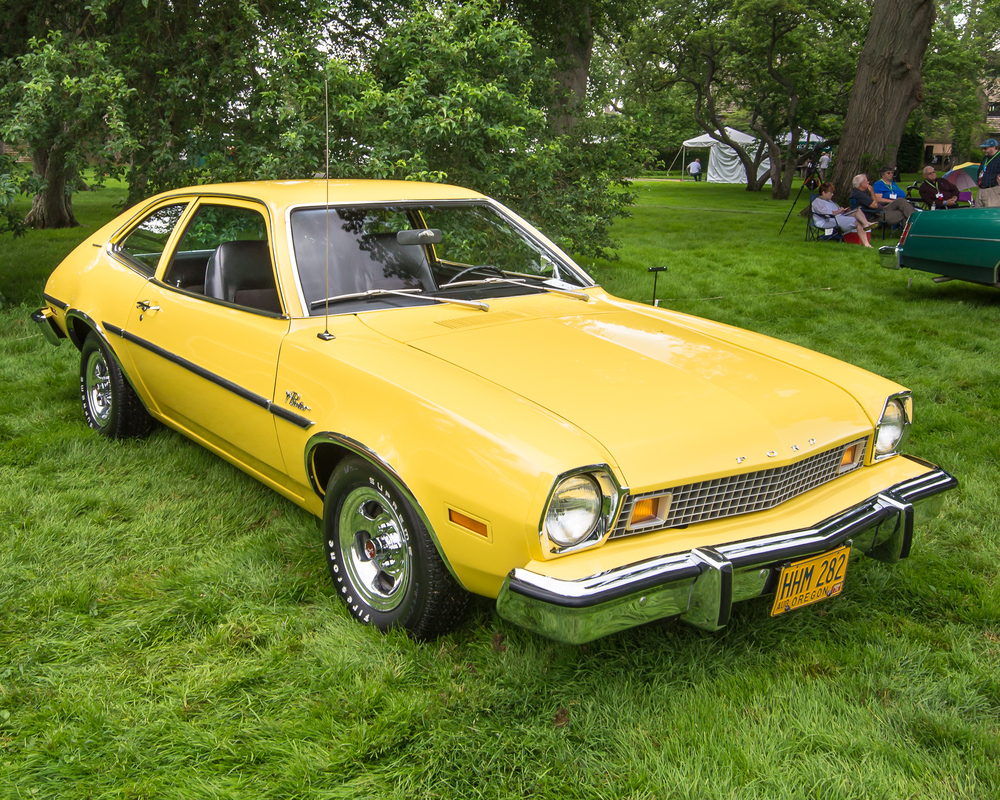
The Ford Pinto is perhaps most infamous for its safety issues, particularly the poorly designed fuel tank that made it prone to explosions in rear-end collisions. Introduced in 1971 as an affordable subcompact, it was meant to compete with imports but became a symbol of corporate negligence and safety hazards. The Pinto’s reputation was further damaged by lawsuits and media coverage, making it one of the most notorious failures of the decade.
Chevrolet Vega
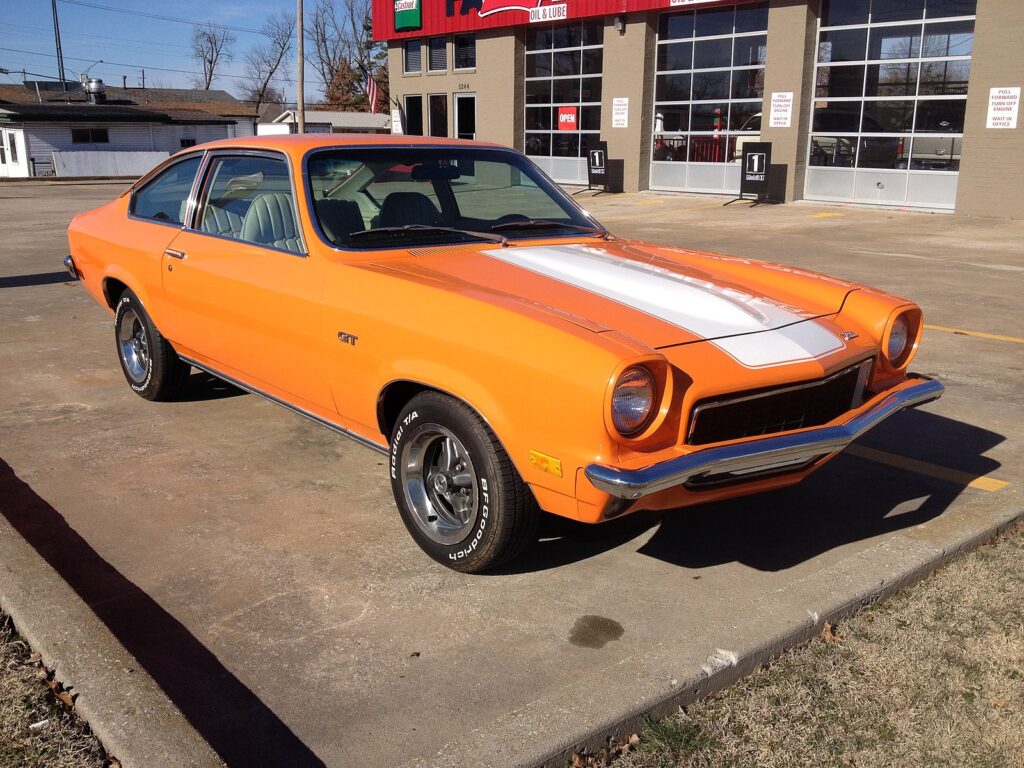
Image Editorial Credit: Shutterstock.com
The Chevrolet Vega initially attracted attention with its sleek design and affordable price, but it quickly became known for its poor build quality. The Vega suffered from rust problems, engine issues, and overall unreliability. Its aluminum engine was innovative but prone to overheating, leading to frequent breakdowns. These issues significantly tarnished the Vega’s reputation, resulting in its downfall.
AMC Gremlin
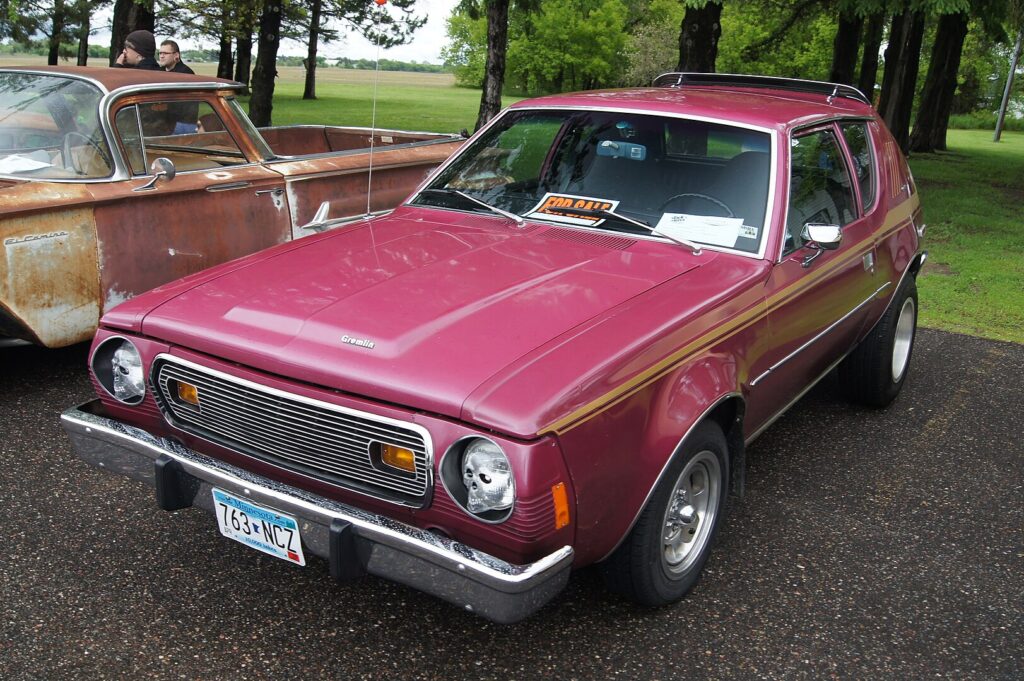
Image Editorial Credit: Shutterstock.com
AMC’s Gremlin was a quirky, compact car that struggled to find a niche in the market. Its odd design, with a truncated rear end, made it a curiosity, but not a favorite among consumers. The Gremlin also faced issues with build quality and reliability, particularly in its early years. Despite its affordability and attempts at being a practical compact car, the Gremlin never gained widespread acceptance and remains a symbol of 1970s automotive missteps.
Dodge Aspen

Image Editorial Credit: Shutterstock.com
The Dodge Aspen, introduced in 1976, was supposed to replace the Dart and offer a fresh start for Chrysler. However, it was plagued with quality control issues from the start. The Aspen had problems with rust, engine performance, and reliability, leading to frequent recalls and warranty claims. These problems overshadowed its comfortable ride and spacious interior, making it one of the decade’s disappointments.
Plymouth Volaré
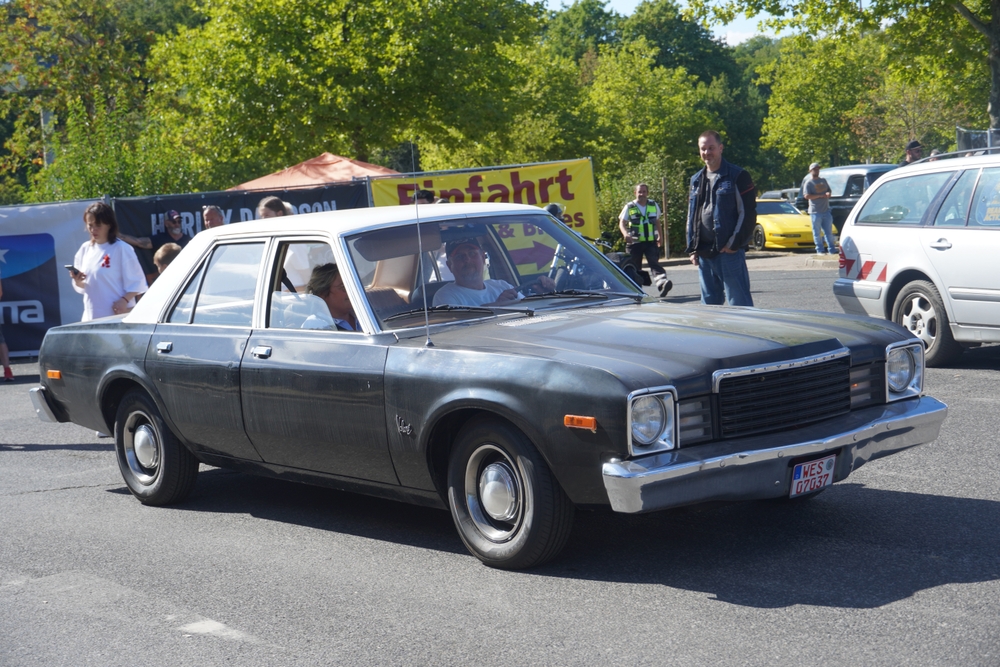
Image Editorial Credit: Shutterstock.com
Sister to the Dodge Aspen, the Plymouth Volaré also suffered from significant quality control problems. Launched with high expectations, the Volaré was quickly marred by rust issues, mechanical failures, and poor overall reliability. These flaws, coupled with frequent recalls, led to a sharp decline in customer confidence, making the Volaré a symbol of Chrysler’s struggles during the 1970s.
Ford Maverick
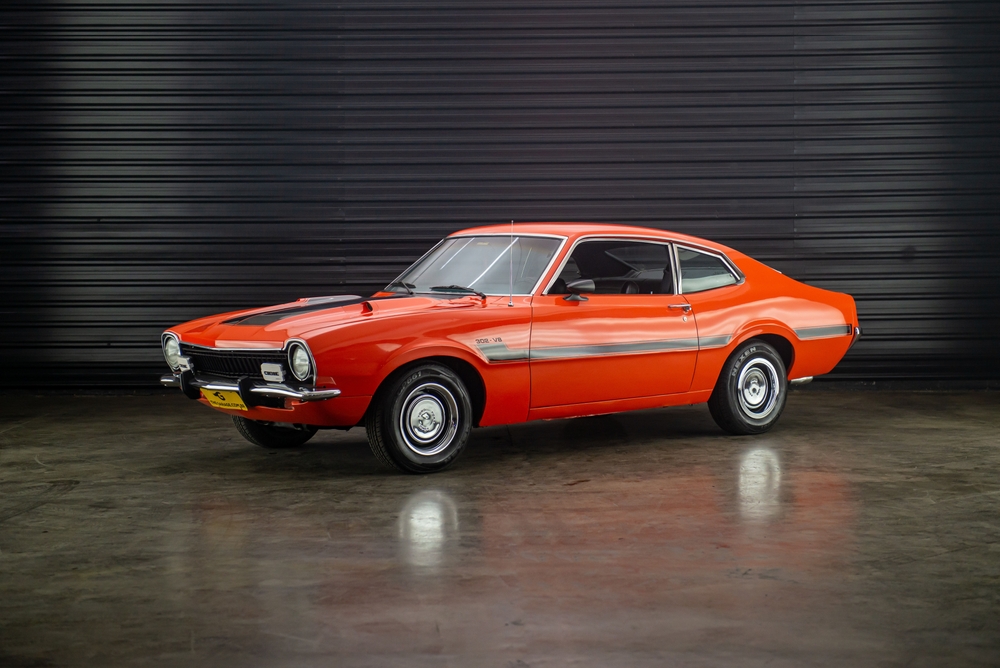
Image Editorial Credit: Shutterstock.com
The Ford Maverick was introduced as a compact, affordable car during a time when fuel efficiency was becoming more important. However, its outdated design, cramped interior, and lack of innovation led to its lackluster reception. The Maverick was criticized for being underpowered and for its cheap interior materials, which did little to win over customers seeking more modern alternatives.
Chevrolet Nova
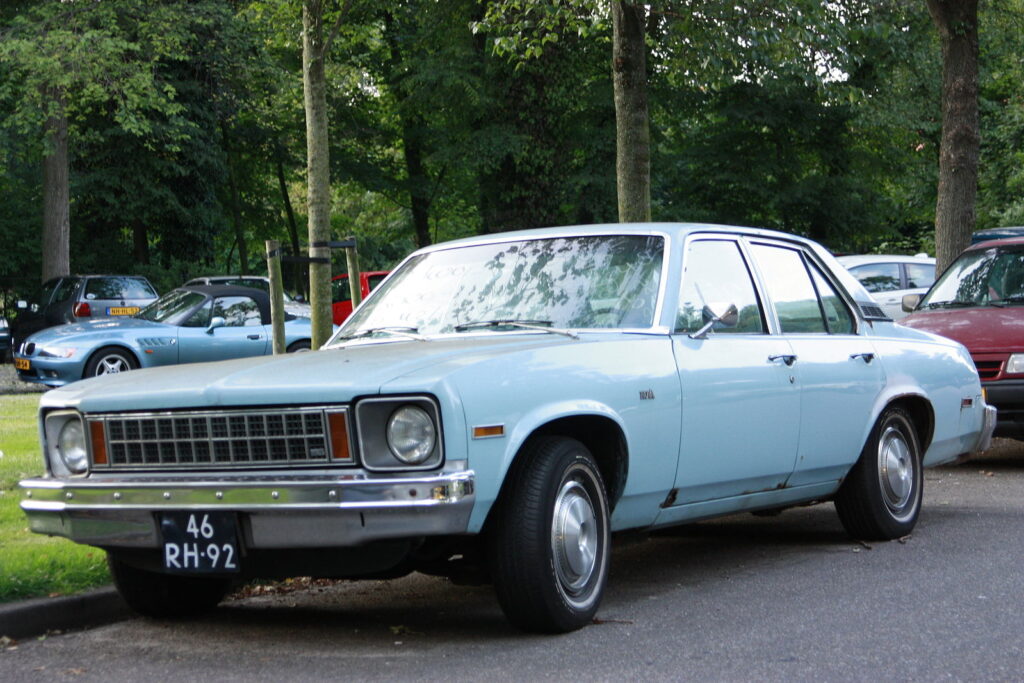
Image Editorial Credit: Shutterstock.com
The Chevrolet Nova, though initially successful, began to decline in the 1970s as it failed to keep up with changing consumer preferences. The Nova’s dated design, coupled with growing competition from imports and other domestic models, led to its decreased popularity. Its reliability was also questioned, with engine and transmission problems becoming more common in later models, cementing its place as a less successful sedan of the decade.
AMC Pacer
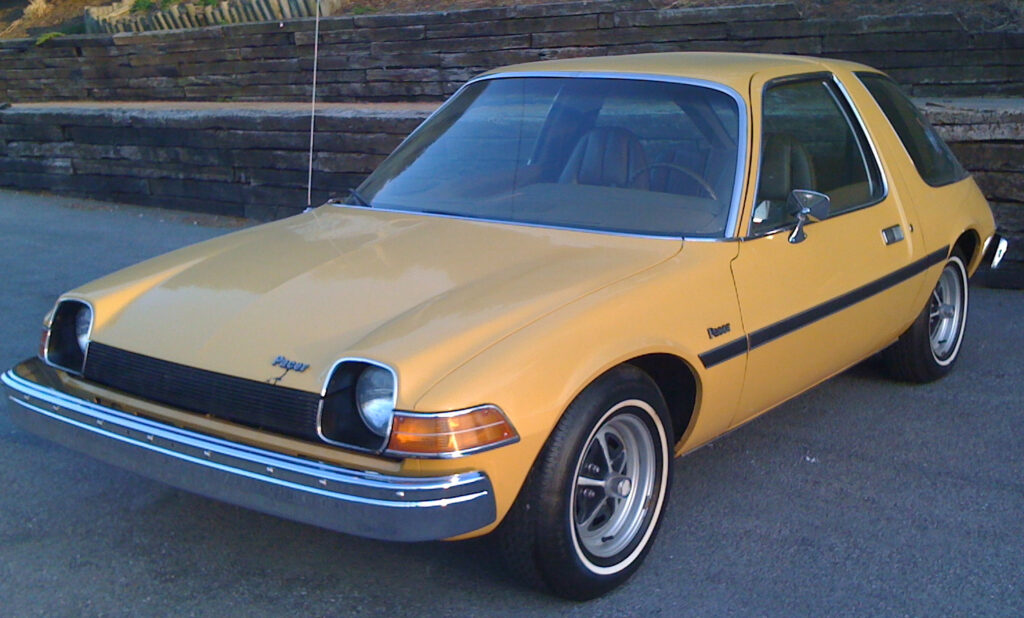
Image Editorial Credit: Shutterstock.com
Known for its unusual, wide-body design, the AMC Pacer was intended to be a futuristic, spacious compact car. However, its odd appearance and poor fuel efficiency—despite its compact size—led to mixed consumer reactions. The Pacer’s heavy weight and underpowered engine made it sluggish on the road, and its styling, while distinctive, failed to resonate with the masses, making it a commercial failure.
Ford Granada
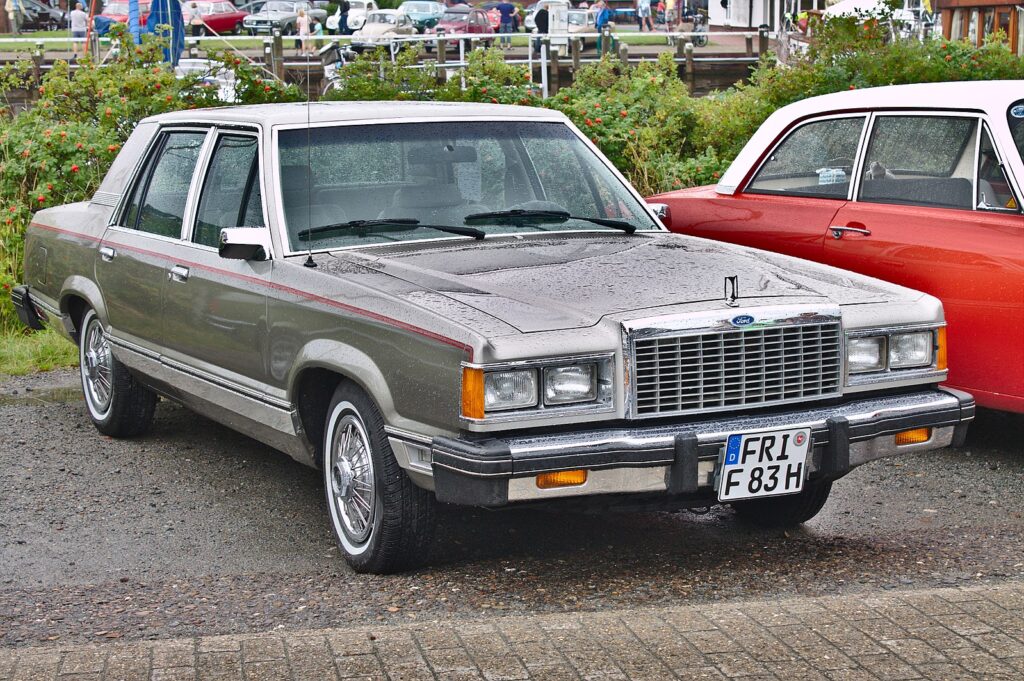
Image Editorial Credit: Shutterstock.com
The Ford Granada was marketed as a luxury compact car, but it failed to live up to its aspirations. While it offered a more upscale interior compared to some competitors, the Granada was plagued by underwhelming performance, poor handling, and lackluster build quality. Its attempt to blend luxury with affordability didn’t resonate with buyers, leading to disappointing sales and a tarnished legacy.
Chevrolet Chevette
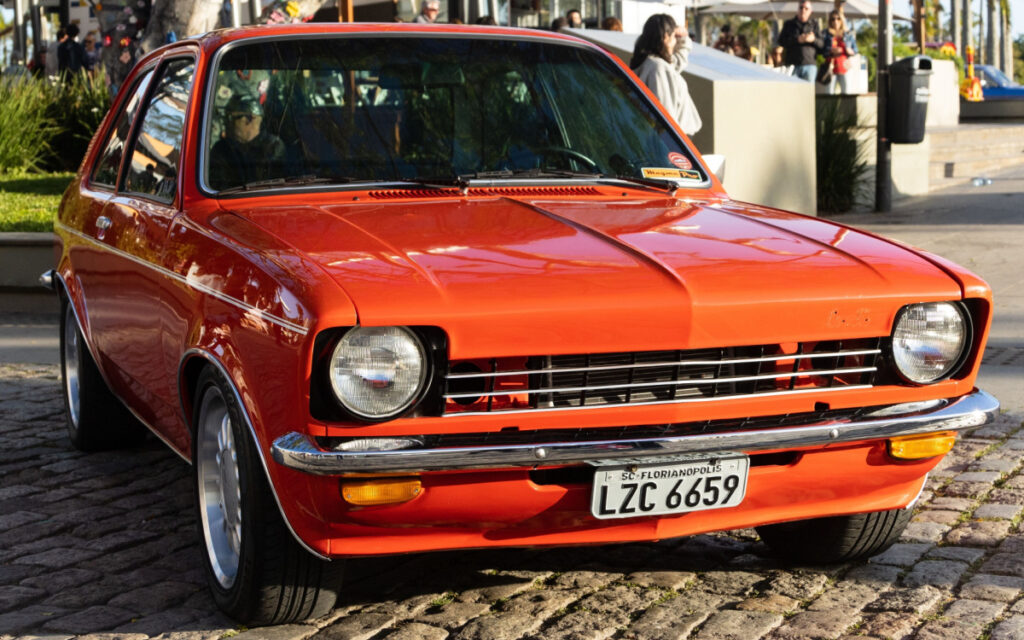
Image Editorial Credit: Shutterstock.com
The Chevrolet Chevette was GM’s attempt to produce a simple, affordable subcompact car. While it sold reasonably well, it was criticized for its cheap construction, basic features, and lack of power. The Chevette’s rudimentary design and frequent mechanical issues made it a symbol of the bare-bones economy cars of the 1970s, often leaving owners frustrated with its limitations.
Pontiac Sunbird
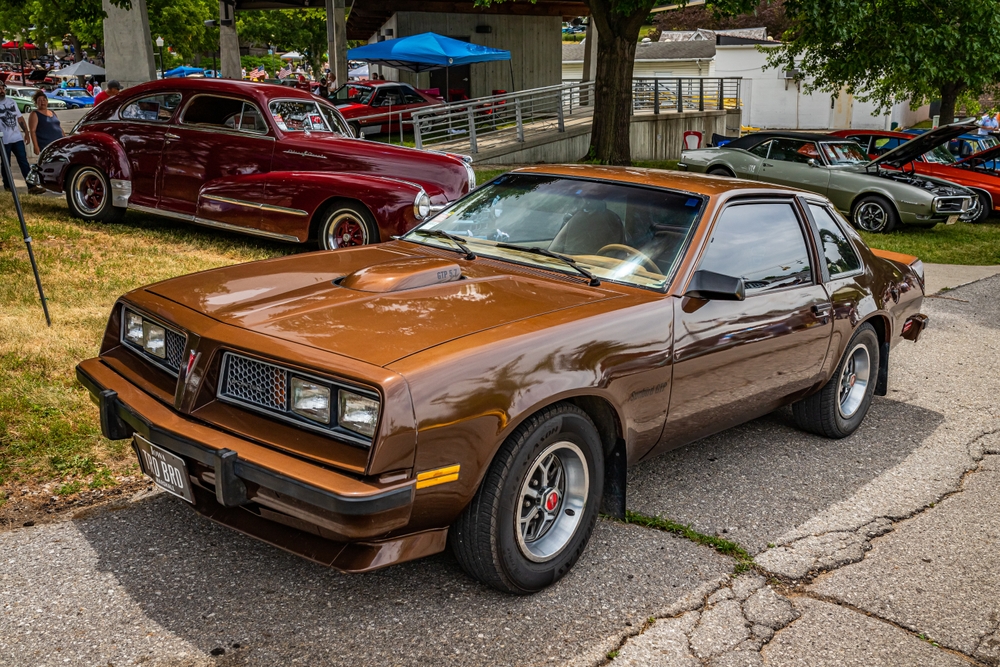
Image Editorial Credit: Shutterstock.com
The Pontiac Sunbird was introduced in the mid-1970s as a sporty compact car, but it struggled to find its footing in a competitive market. The Sunbird was criticized for its mediocre performance, lack of refinement, and dated styling. Despite being positioned as a sporty alternative, it lacked the power and handling to back up its image, leading to a lukewarm reception from consumers.
Mercury Bobcat
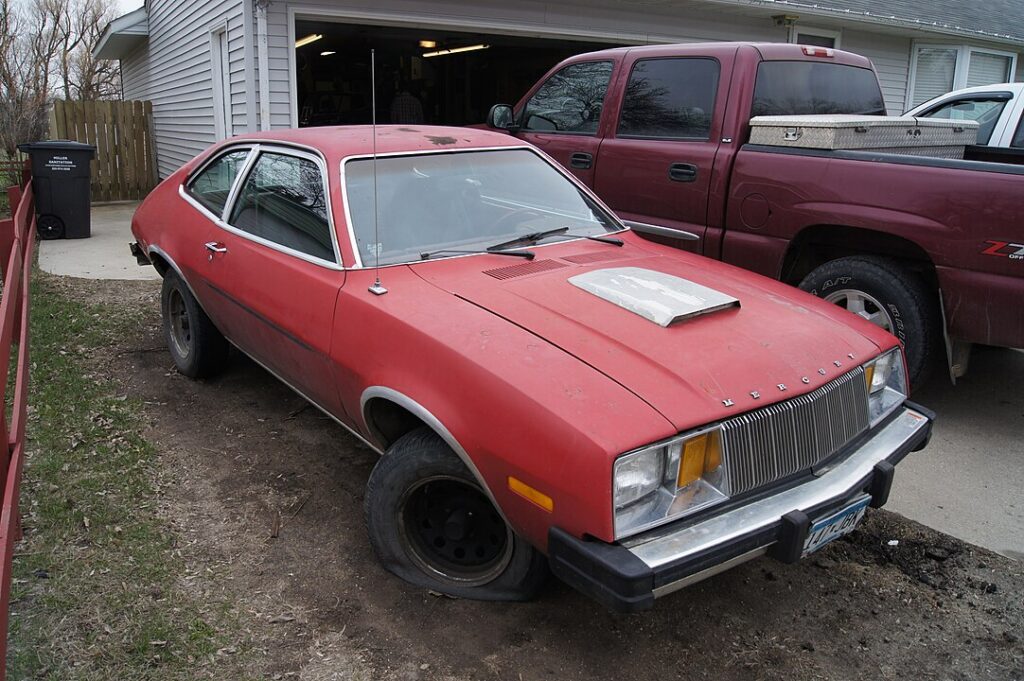
Image Editorial Credit: Shutterstock.com
Essentially a rebadged Ford Pinto, the Mercury Bobcat inherited all of the Pinto’s flaws, including its notorious safety issues. The Bobcat was marketed as a more upscale version of the Pinto, but it failed to distinguish itself from its problematic sibling. Its association with the Pinto’s reputation for safety concerns and quality issues made it a less successful option for buyers seeking reliability and value.
Plymouth Cricket

Image Editorial Credit: Shutterstock.com
The Plymouth Cricket, a rebadged version of the British Hillman Avenger, was an attempt by Chrysler to offer a small, economical car in the U.S. market. However, it was plagued by poor build quality, reliability issues, and a lack of parts availability. The Cricket’s lackluster performance and frequent mechanical problems led to its quick demise, making it one of the least successful sedans of the decade.
Fiat 124
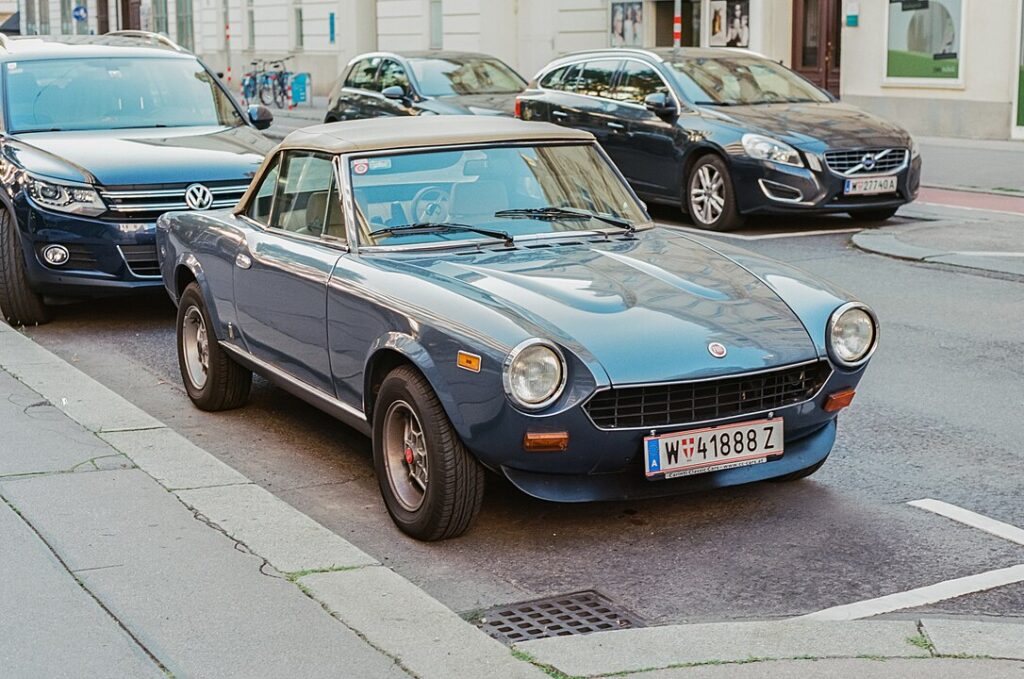
The Fiat 124 was a small, affordable sedan that gained popularity in Europe but struggled in the U.S. market. While it offered a stylish design and good handling, it was notorious for its unreliability and rust problems. Fiat’s reputation for poor build quality and expensive repairs in the U.S. tarnished the 124’s image, leading to disappointing sales and a quick exit from the market.
Lancia Beta

Image Editorial Credit: Shutterstock.com
The Lancia Beta was introduced with high hopes, offering advanced engineering and a stylish design. However, it quickly gained a reputation for rust issues, with some models developing serious corrosion problems within a few years. The Beta’s mechanical reliability was also questioned, leading to a significant loss of confidence among buyers and ultimately contributing to Lancia’s decline in several markets.
Renault 12
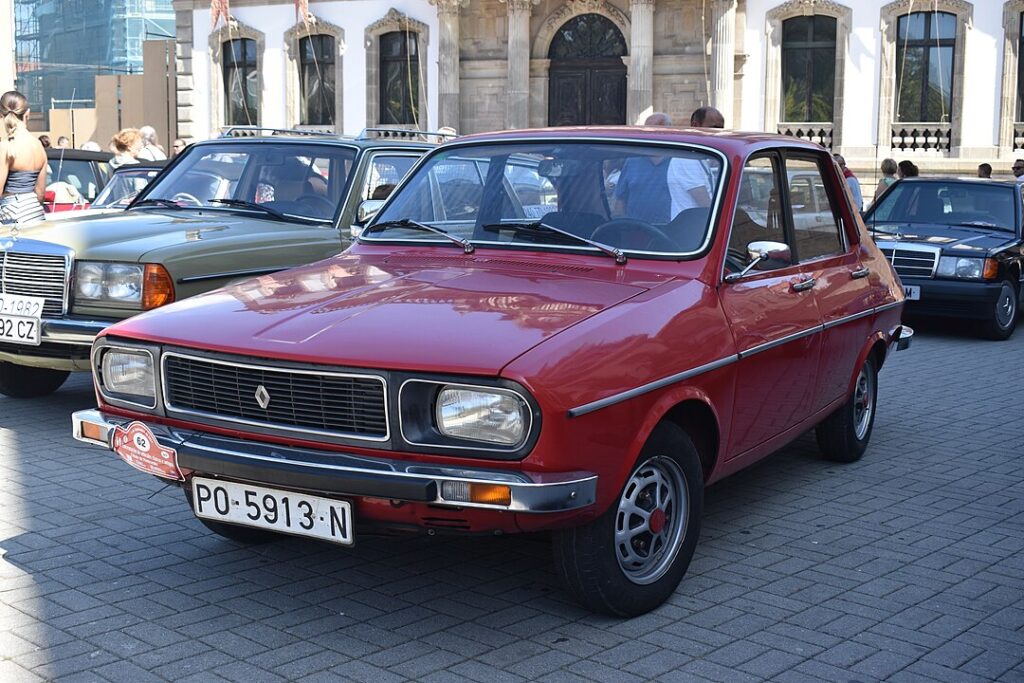
The Renault 12 was a popular model in Europe but struggled to make an impact in the U.S. market. While it was known for its spacious interior and fuel efficiency, it was criticized for its bland design and underwhelming performance. Additionally, Renault’s limited dealer network and poor parts availability in the U.S. made ownership a hassle, contributing to its lack of success.
Opel Manta
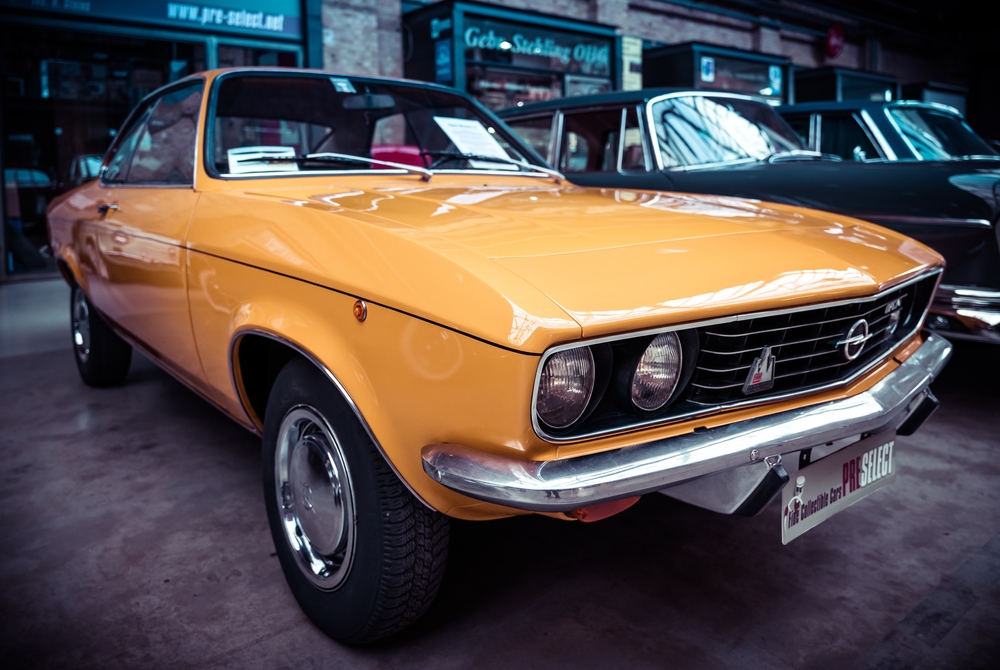
Image Editorial Credit: Shutterstock.com
The Opel Manta was introduced as a stylish, affordable alternative to more expensive European sports sedans. However, it faced stiff competition and never quite found its audience. The Manta was often overshadowed by more popular models, and its build quality and performance were only average, leading to its status as a less successful model in the 1970s.
Morris Marina
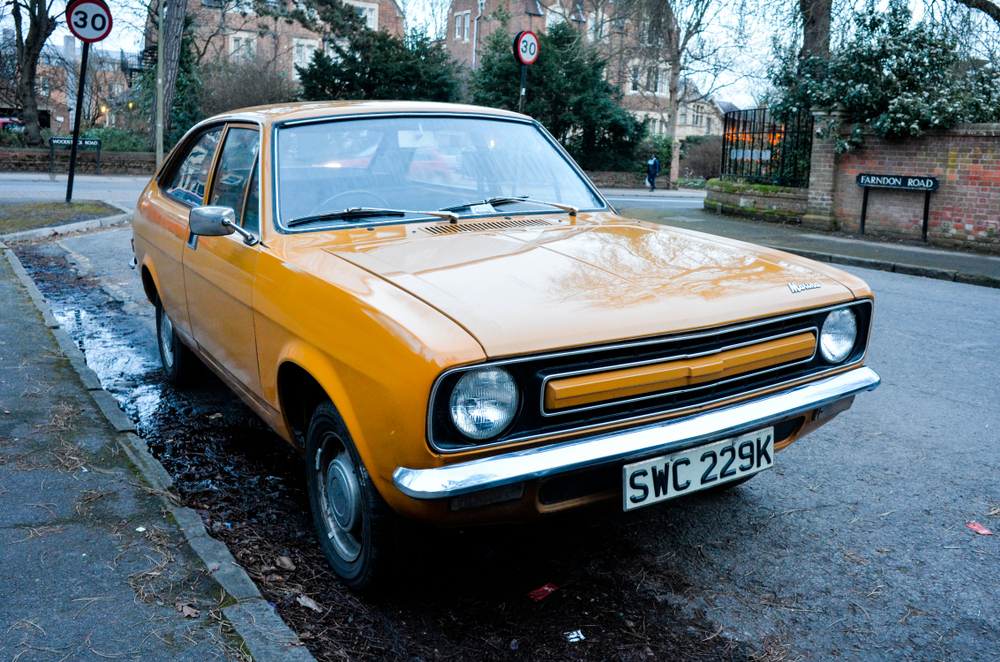
Image Editorial Credit: Shutterstock.com
The Morris Marina was one of the most infamous British cars of the 1970s, known for its poor build quality, dated design, and uninspired performance. Despite being one of the best-selling cars in the UK at the time, it was heavily criticized by the press and has since become a symbol of British automotive decline. Its handling, reliability, and overall driving experience left much to be desired, leading to its downfall.
Triumph Dolomite

The Triumph Dolomite was intended to be a luxury compact sedan with a blend of performance and refinement. However, it suffered from frequent mechanical issues, including engine problems and poor electrical systems. Despite its stylish design and comfortable interior, the Dolomite’s reliability issues and high maintenance costs made it a less appealing option for buyers, contributing to its limited success.
Austin Allegro
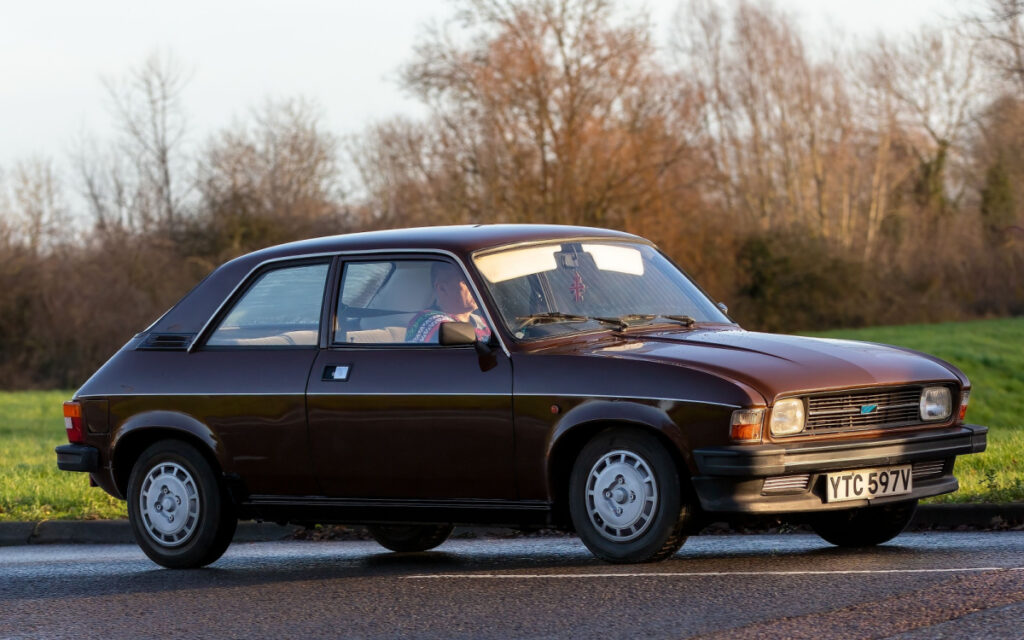
Image Editorial Credit: Shutterstock.com
The Austin Allegro is often remembered as one of the worst cars of the 1970s, notorious for its unusual design and poor reliability. The Allegro’s “quartic” steering wheel and awkward styling failed to win over buyers, and it quickly gained a reputation for being unreliable and prone to rust. Its numerous flaws and lack of appeal made it a commercial failure and a symbol of the British Leyland’s struggles.
Volkswagen Dasher
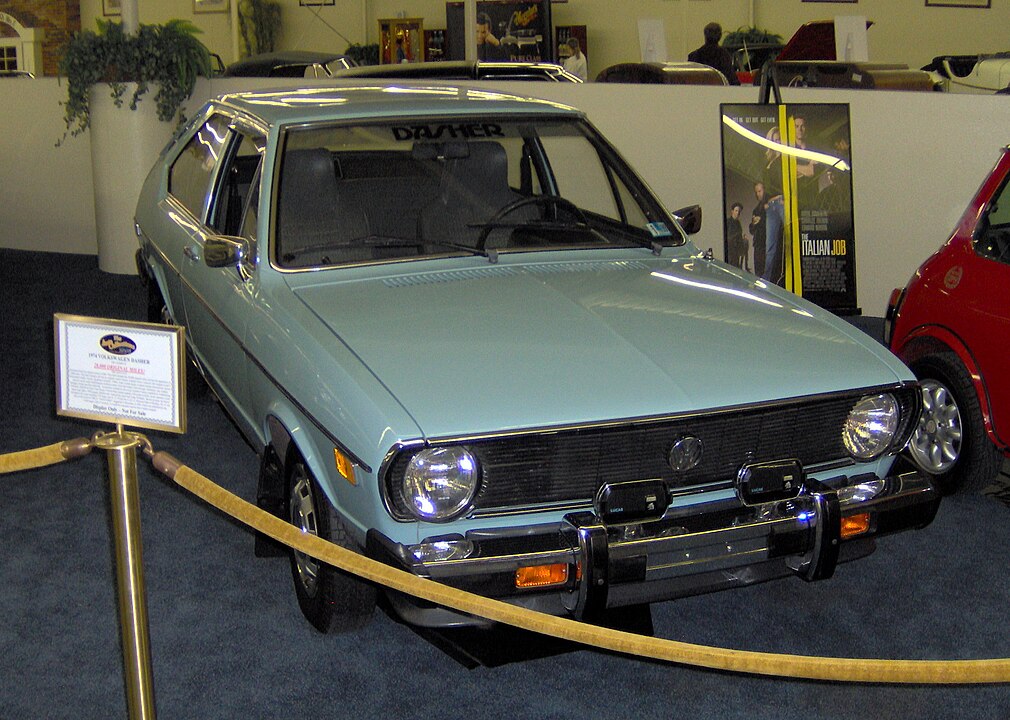
The Volkswagen Dasher, also known as the Passat in other markets, was introduced as a more upscale offering from VW. However, it struggled with reliability issues, particularly with its carburetors and electrical systems. The Dasher’s handling and performance were also criticized, and it never gained the same level of popularity as VW’s other models, leading to disappointing sales in the U.S.
Mazda RX-2
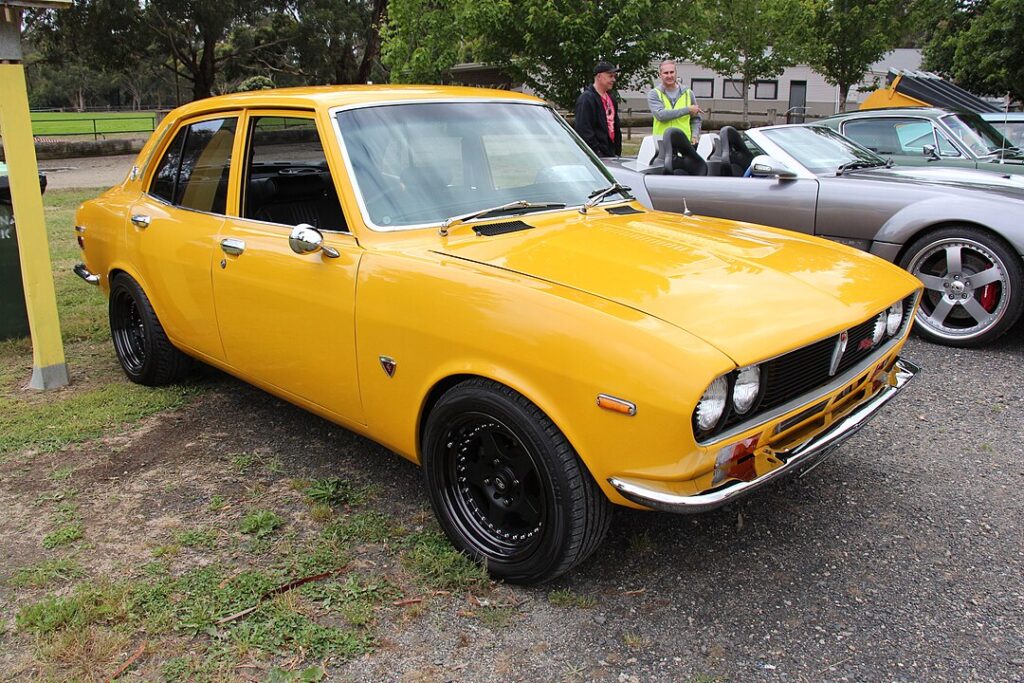
The Mazda RX-2 was one of the early adopters of the rotary engine, which was both its selling point and its downfall. While the rotary engine provided smooth power delivery, it was also prone to reliability issues, particularly with apex seals wearing out prematurely. The RX-2’s fuel economy was also poor, making it less appealing during a decade marked by fuel crises. These factors contributed to its limited success.
Peugeot 504
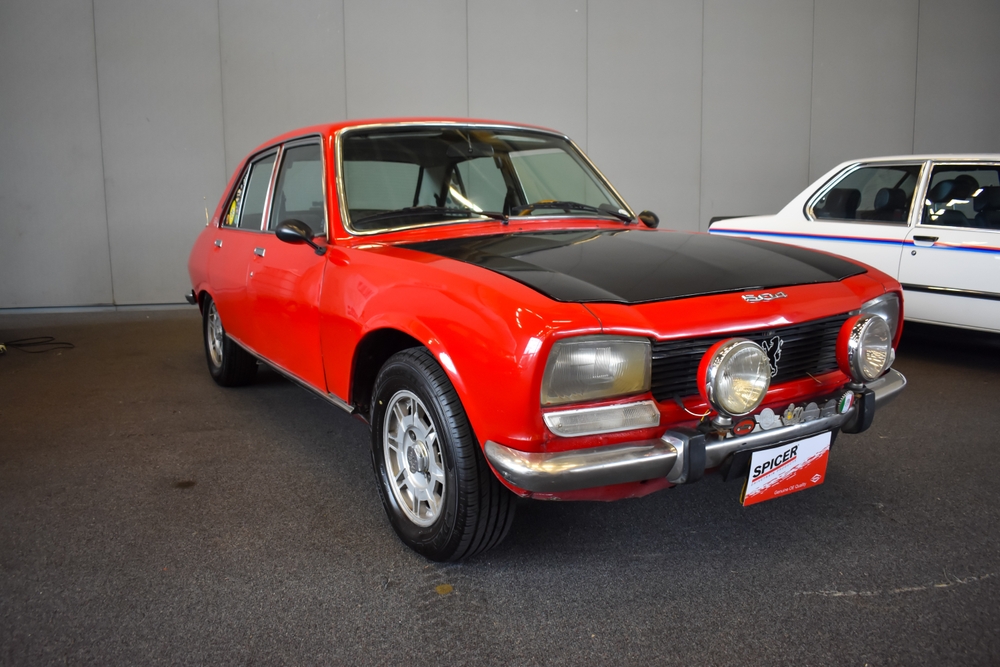
Image Editorial Credit: Shutterstock.com
The Peugeot 504 was praised for its ride comfort and durability, but it faced challenges in the U.S. market due to its high price, limited dealer network, and parts availability issues. While it was a popular choice in Europe and Africa, the 504 struggled to gain traction in the U.S., where buyers were more focused on domestic brands. Its complex maintenance and expensive repairs further limited its success.
Datsun 710
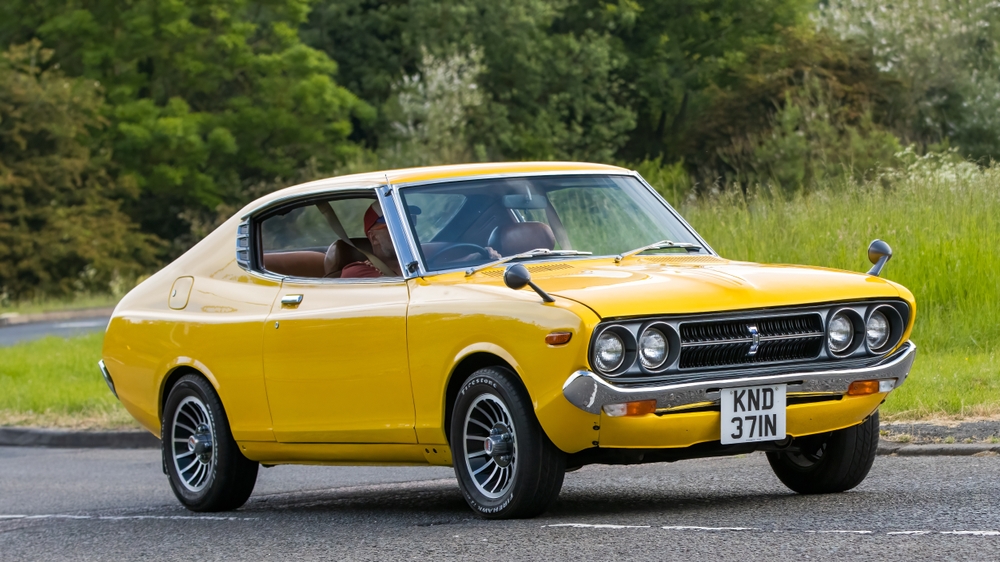
The Datsun 710 was an early attempt by Nissan to break into the U.S. market with a compact, affordable sedan. However, it was criticized for its bland design, underwhelming performance, and mediocre build quality. The 710 was overshadowed by more successful models from Datsun, such as the 510 and 240Z, leading to its quick exit from the market and limited success.
Citroën GS

Image Editorial Credit: Shutterstock.com
The Citroën GS was a compact sedan known for its advanced hydropneumatic suspension system, which provided a smooth ride. However, it was also complex and expensive to maintain, leading to frequent breakdowns and high repair costs. The GS’s unconventional design and poor reliability limited its appeal in the U.S. market, making it one of the less successful sedans of the 1970s.
This article originally appeared in MyCarMakesNoise.
More from MyCarMakesNoise
25 Most Intimidating Military Vehicles of All Time

When it comes to military power, few things are as awe-inspiring as the sight of a formidable vehicle designed for battle. From massive tanks to agile armored cars, these machines embody strength, strategy, and technological prowess. Read More
15 Essential Flying Tips Straight from Helicopter Pilots

Flying a helicopter can be both thrilling and challenging. Whether you’re a new pilot or looking to refine your skills, insider knowledge can make all the difference. Read More
15 Must-Have Smart Add-Ons for Your Electric Scooter

Upgrading your electric scooter with smart add-ons can significantly enhance your riding experience. From boosting safety features to improving convenience, these innovative gadgets make every journey smoother and more enjoyable. Read More

